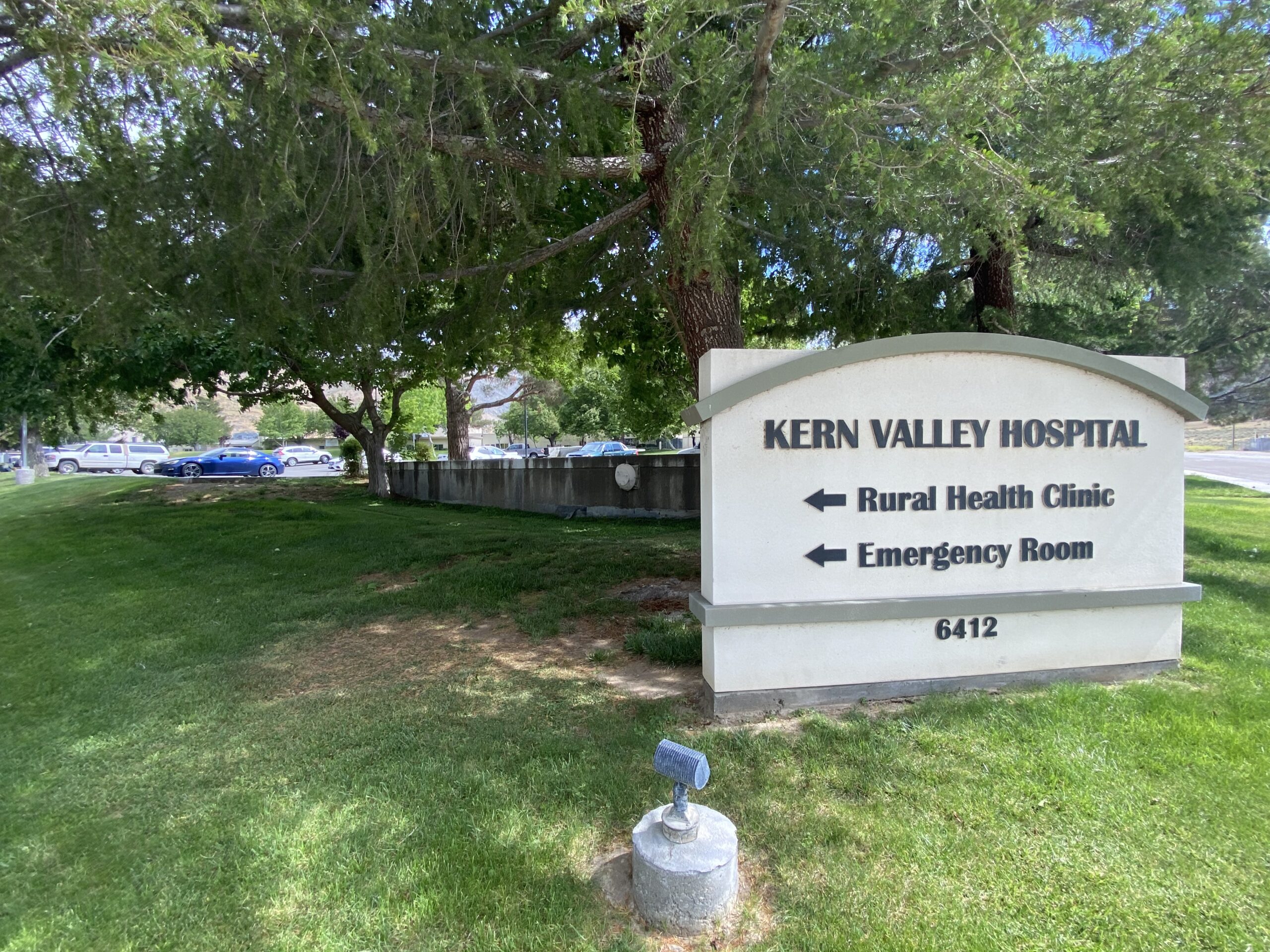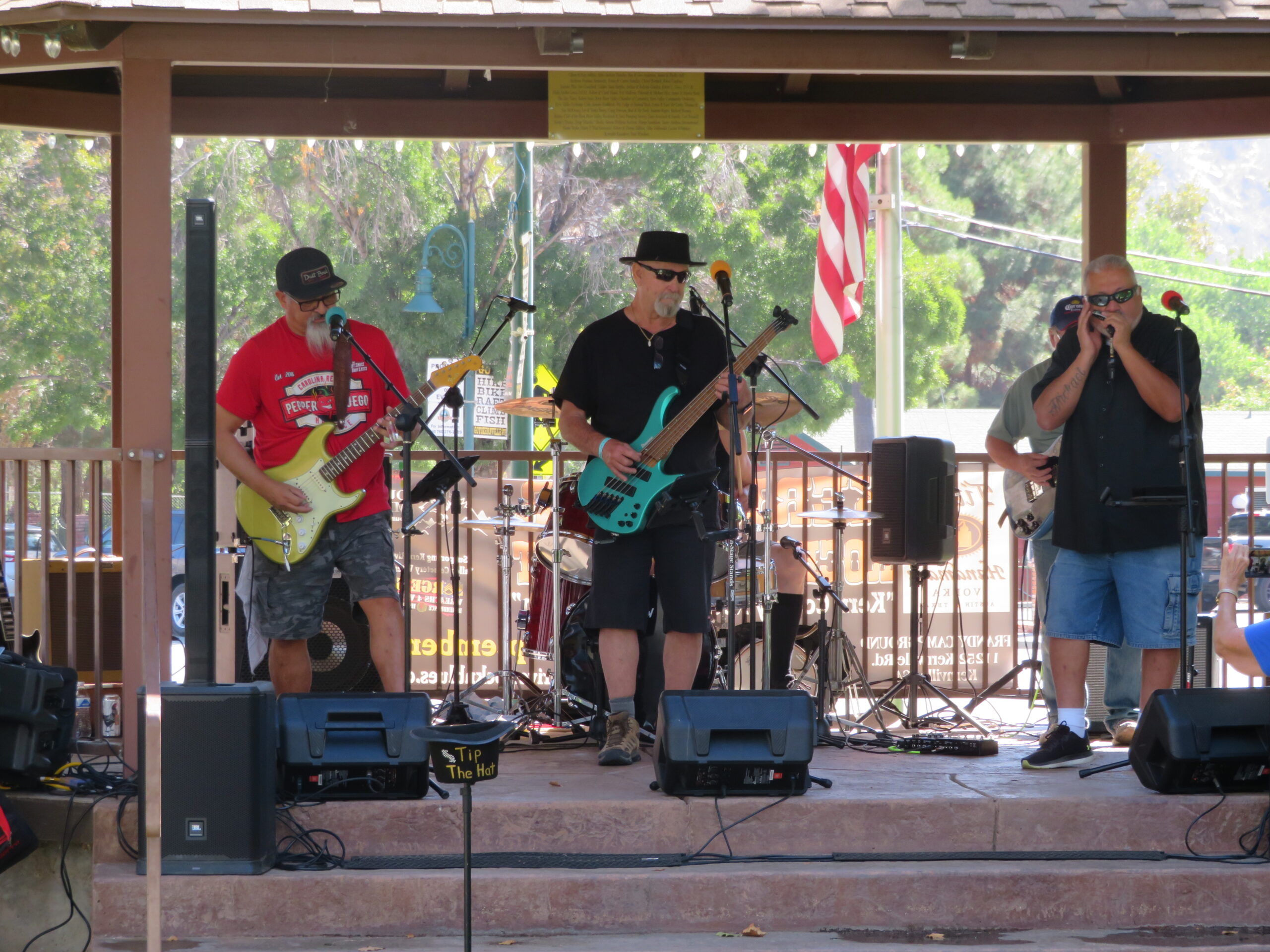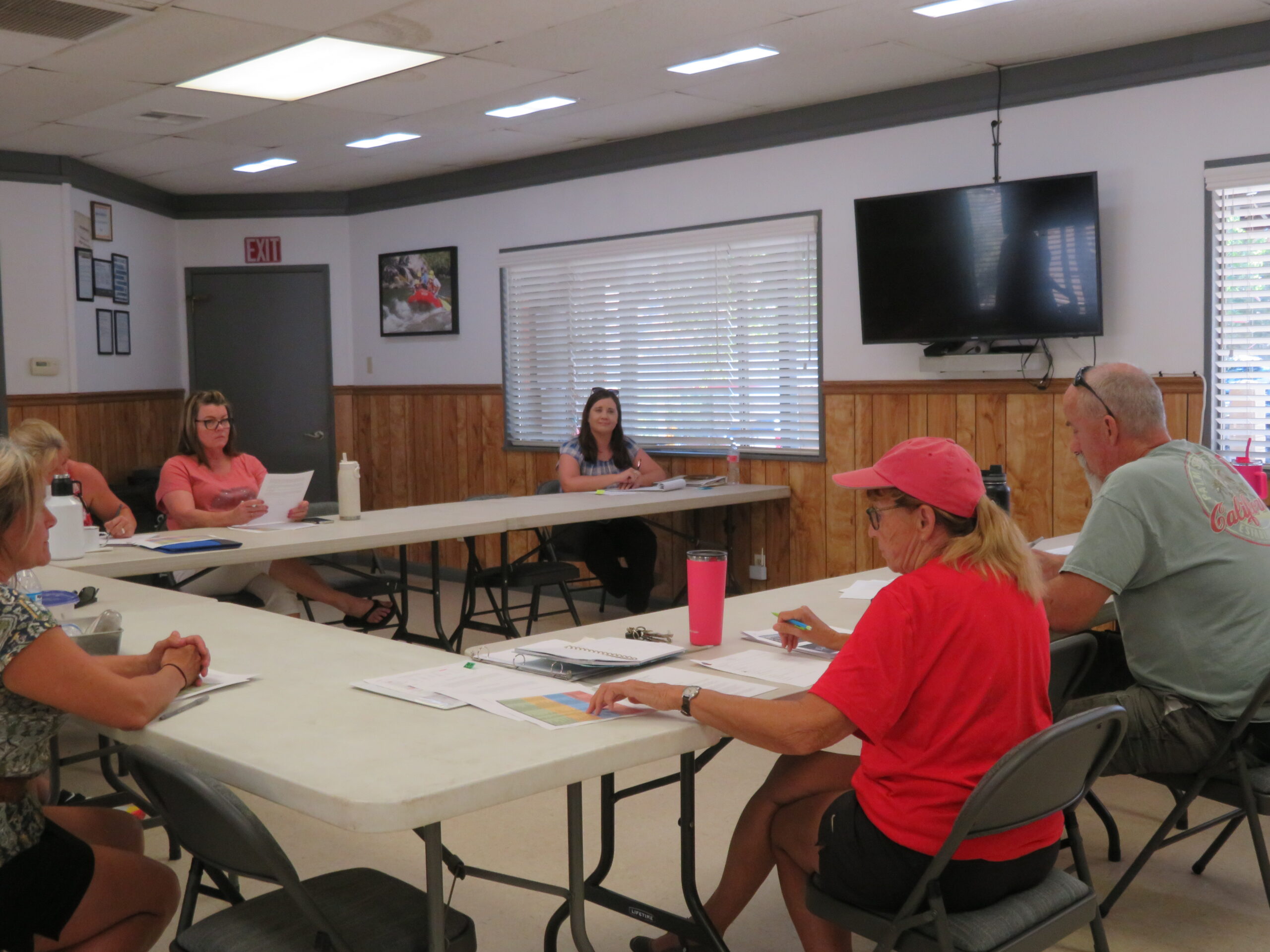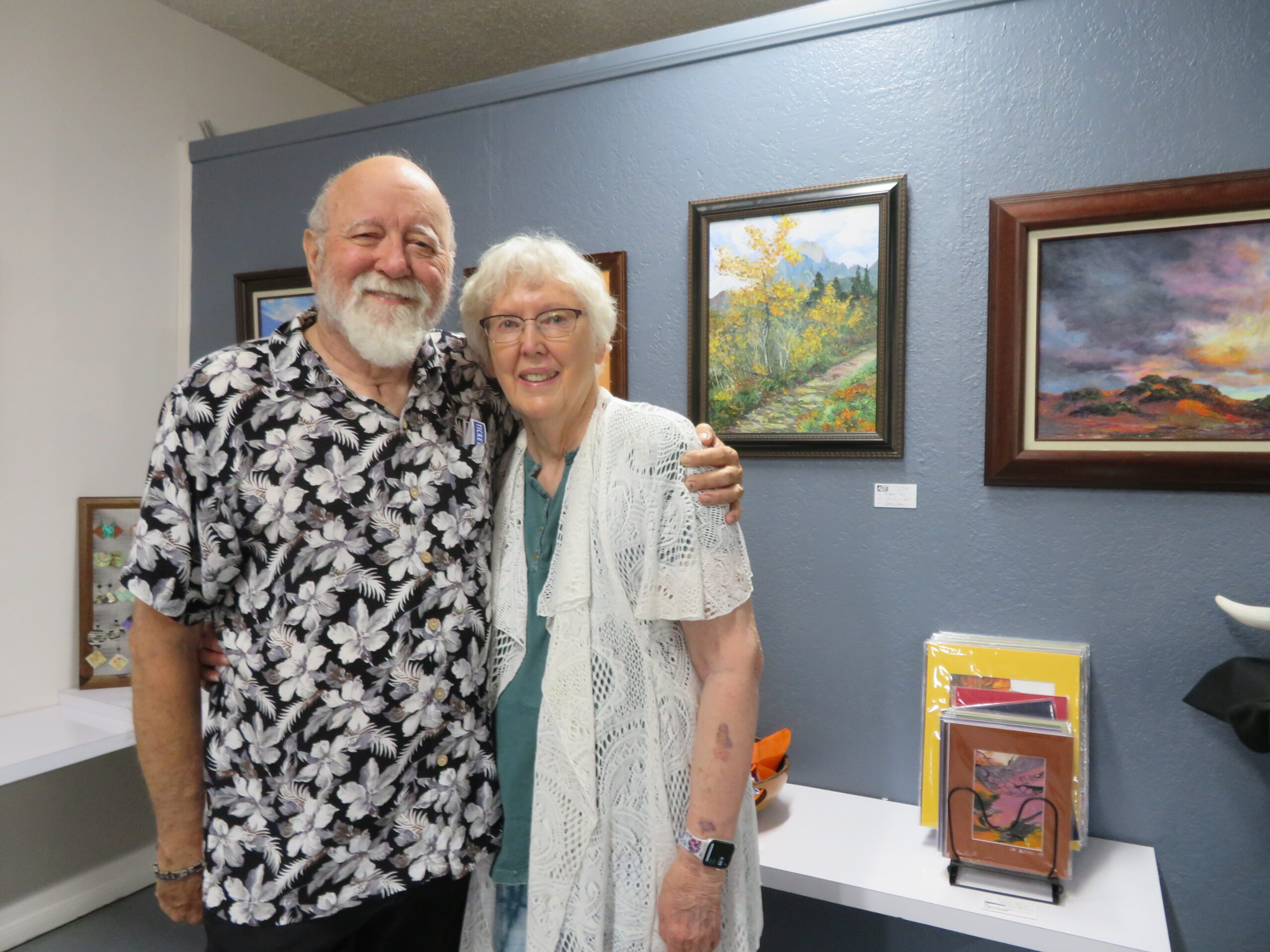Photo by Patrick Ray. Story By Catherine Stachowiak
Kern Valley Hospital officials have been attempting to keep up with the demands from the State of California seismic update mandates, placed upon hospitals.
At the Kern Valley Healthcare District’s (KVHD’s) Building and Planning Committee and Special Meeting of the KVHD board of directors April 23, the board held a discussion with the Plant Operations Manager, Bob Easterday about the hospital’s plans.
In his announcement to the KVHD board Easterday said, “Our plans are approved. We have a project that is buildable per the State of California. They have deemed that, with the nine phases we can seismically upgrade this hospital, and keep it in operation during that time. So they have completely agreed with our phasing.”
The hospital has twelve months to request a building permit or possibly an extension in the event one is necessary.
Phase two, now that the hospital has finished that phase of the planning, is attaining money. “As you know we’ve been working on the FEMA grant,” Easterday said.
Things are progressing toward an award, though a FEMA grant has not been awarded yet.
There were corrections Easterday made on the narratives so everything matched up properly, regarding the finances listed, which the hospital needs for the project. Easterday told the board he was very careful about itemizing the details.
Board member Gene Parks asked Easterday about how authorities would determine the finances when awarding such a FEMA grant.
Easterday said the project ought to cost approximately $26 million, plus, in construction costs, with other additional costs, which he listed. So the total amount he requested for the Brick Funding project was $32 million and some change. Easterday told the board that the way Brick Funding works is, the hospital would pay one-third the cost, and the rest would be granted. Once the project goes out for bid and starts, each month there would be a payout from the general contractor, the hospital would pay. Unless the project was within the amount the hospital expected, the project could not move forward. During all phases the hospital would have to remain ADA compliant.
“We still have some hurdles. We still have to get the FEMA grant. I’m relatively optimistic we’re going to get the FEMA grant.” Easterday said.
Easterday was ready to go out to bid if the board wanted to. However the board could wait for the FEMA grant to be confirmed if they wanted to do so. One pro of going out to bid earlier, before confirmation of the bid, was the possibility of beating potential rate hikes. “We can’t put a shovel in the dirt until we have FEMA money, ” said Easterday.
There was no way to predict whether construction costs could taper off.
Parks asked what the costs were, if they awarded a bid, but didn’t get the FEMA grant. Easterday said every company bids projects, knowing they could lose the project, in the end. Parks asked if the grant would cover past work because the hospital did a lot of electrical work. Easterday said that previous items, though they were needed, would not be covered by the granting because KVHD had the architect they hired remove, from the plan, the item Parks was referring to.
Board member Ross Elliott said that if they opened a bid with a cap on it, and the contractors did not respond, then the board would know that the board under estimated the costs. Elliott said if they put it out a second time to bid, with no cap, and it came in higher than Easterday expected, then the board would be able to tell the cost of each phase of the project.
Board member John Blythe said he agreed with Elliott’s point about capping the cost initially. Board chairperson Katheryn Elconin was also concerned about rates getting higher if the KVHD waited to go out to bid on the project. Parks mentioned the upcoming election could impact the project either way.
After much discussion the directors confirmed they all preferred to wait for FEMA grant approval before actually accepting any bid.
Easterday said the spin-off of this was how soon they wanted to be ready to move into the new administration building. It would take a couple weeks to prepare the new locations. That day they started some drywall work; they were working on getting the phone lines in.
The board was considering other options for using facilities differently in the event the grant and project could not proceed at the cost and funding the hospital board expected.
Easterday recommended that if they didn’t get the funding the hospital needed for the project, the board could consider beginning by doing the first phase of the project, rather than all the phases of the entire project.





